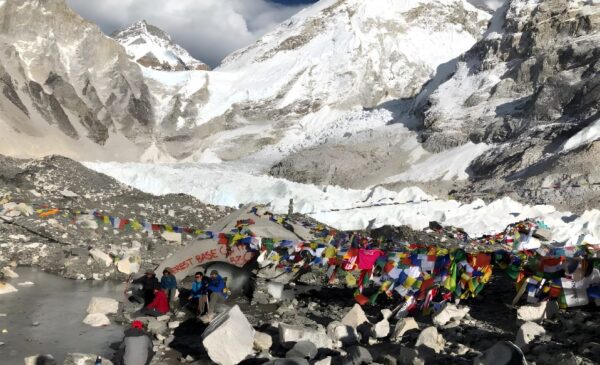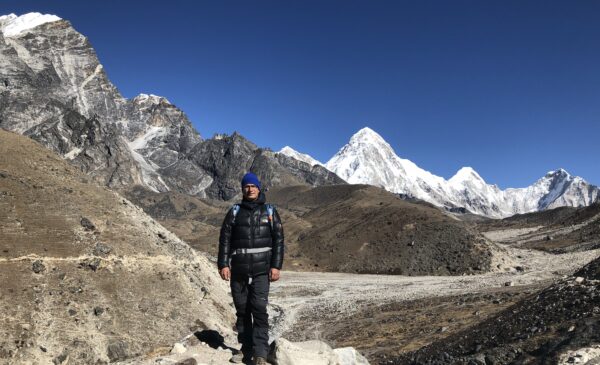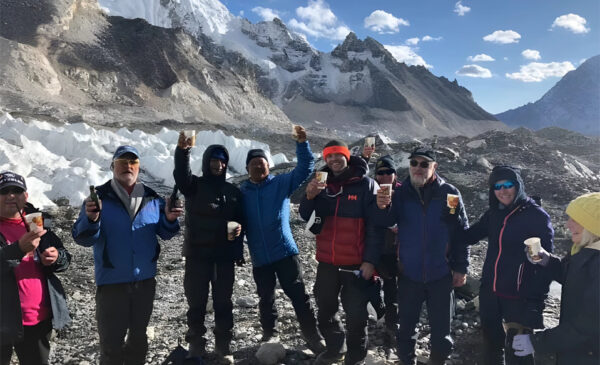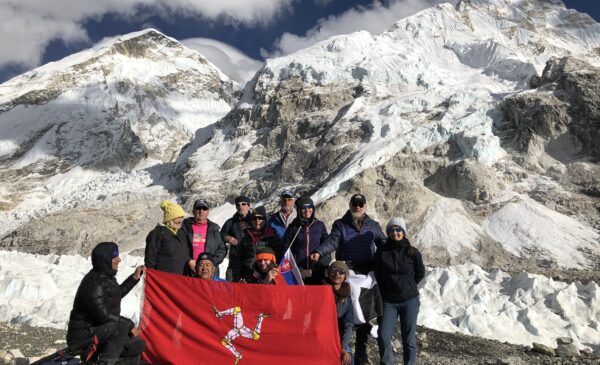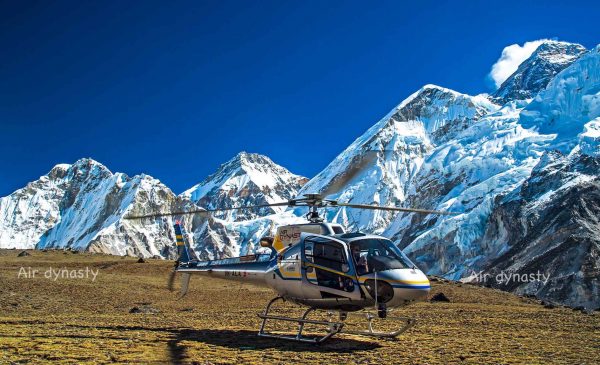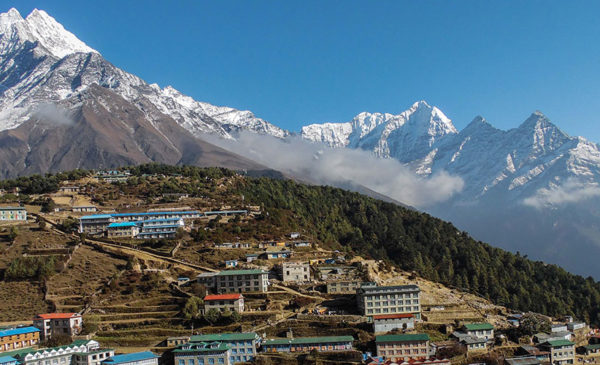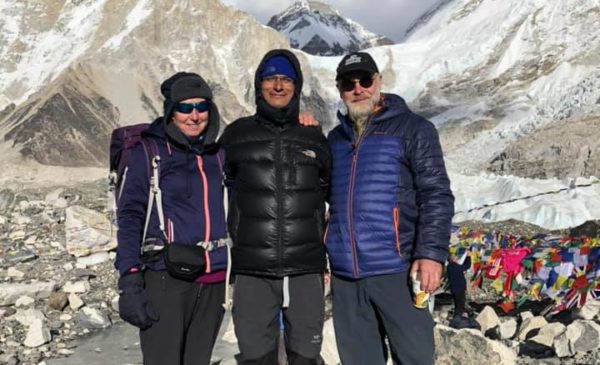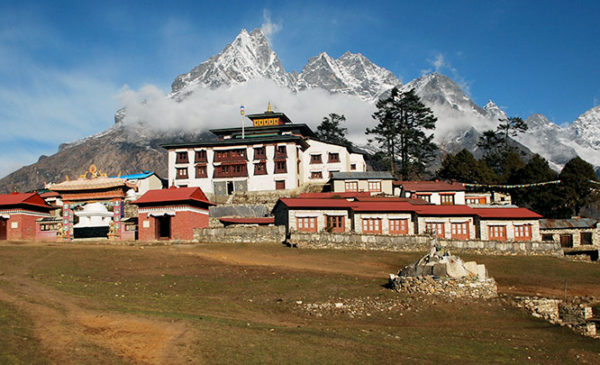After breakfast, proceed for a city tour of Kathmandu visiting Pashupatinath and Boudhanath, Swayambhunath, Kathmandu Durbar Square & Patan Durbar Square. Pashupatinath Temple is situated five km east of Kathmandu, the temple of Lord Shiva, Pashupatinath with two tired golden roofs and silver doors is considered one of the holiest shrines of Hindus. The Boudhanath stupa lies 8kms east of Kathmandu. This ancient colossal boudhanath stupa is one of the biggest in the world and the center of Buddhism in the world. It was listed in the UNESCO Heritage Monument in 1979. Kathmandu Durbar Square, the complex of palaces, courtyard and temples, built between the 12th and 18th centuries used to be the seat of the ancient Malla kings of Kathmandu. Swyambhnath Stupa, atop the hillock is one of the holiest Buddhist sites in Nepal enlisted in the World Heritage Site. Patan City is an enchanting melange of palace buildings, artistic courtyard and former palace complex. One remarkable monument here is a 16th century temple dedicated to the Hindu God Lord Krishna, built entirely of stone. Evening back to the hotel. Overnight stay at Hotel.

